Today I'm taking you on an exciting journey through time. We will travel back 300,000 years and meet the Neanderthals, then take a sharp leap into the future and stop at the 30,000 BC mark. An epochal number, what happened in that interval changed everything. The flora and fauna, the landforms and above all the order was established and everything was subjugated to the will of the weakest beings that ever existed on Earth. It was in this period that the first Cro-Magnons, or "intelligent men" as they were called by past scientists, came to Europe from Africa. But let's take it one step at a time.
Probably one of the most offensive words no one wants to be called is Neanderthal. Over the centuries, humanity, as it always does, has labelled and invented legends and written its own history. It's our favourite pastime, rewriting history. The ancient inhabitants of Europe and Central Asia have been compared to a lot of people - stupid, rude, ape-like etc. But the time has come to lift the veil and find out some of the truth, the truth we have been running away from all our history.
After the discovery of the first skeletons in Belgium (1829), Gibraltar (1848) and Germany (1856), scientists of the time declared that Homo neanderthalensis, as it was called, was not human. They represented the find as some kind of primate animal more akin to a gorilla or yeti than to modern man. Today, we already know that these ancient inhabitants of Europe, who never left Eurasia, were in fact very similar to us.
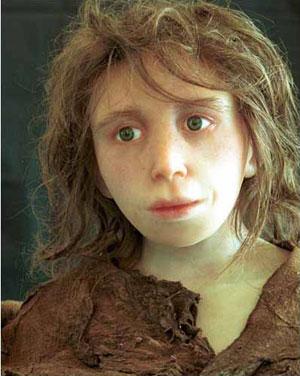
A morphological comparison of Neanderthals and modern Europeans immediately reveals a striking similarity between the two species. Sequencing of the Neanderthal genome, completed in 2010, proved conclusively that not only Europeans, but all other peoples inherited a small percentage of their DNA (about 2%). All except Africans. How did this happen? - You may ask, and we will return to this later. But one thing is certain, representatives of the African continent are pure representatives of Homo sapience in contrast with all others (Hitler would have been surprised).
Neanderthal skull volume ranged from 1200 to 1700 cc, and was larger than that of Cro-Magnon and on average 10% larger than ours. If brain size matters, then Neanderthals, here's a surprise, were smarter. But the story doesn't end there. The skull of Neanderthals has a lower vault of the prefrontal cortex than that of modern humans, suggesting that their ability to make decisions and build "correct" social behaviour (i.e. - lying, greed, hypocrisy, cunning and vanity were unfamiliar to them) may have been worse than that of modern humans.
On the other hand, Neanderthals had a more developed occipital lobe and this suggests that their visual abilities (including the ability to distinguish details and colours) were almost certainly better than those of present-day humans. In other words, Neanderthal, was a true 'child of the Earth' and fit in completely with the big picture of that world.
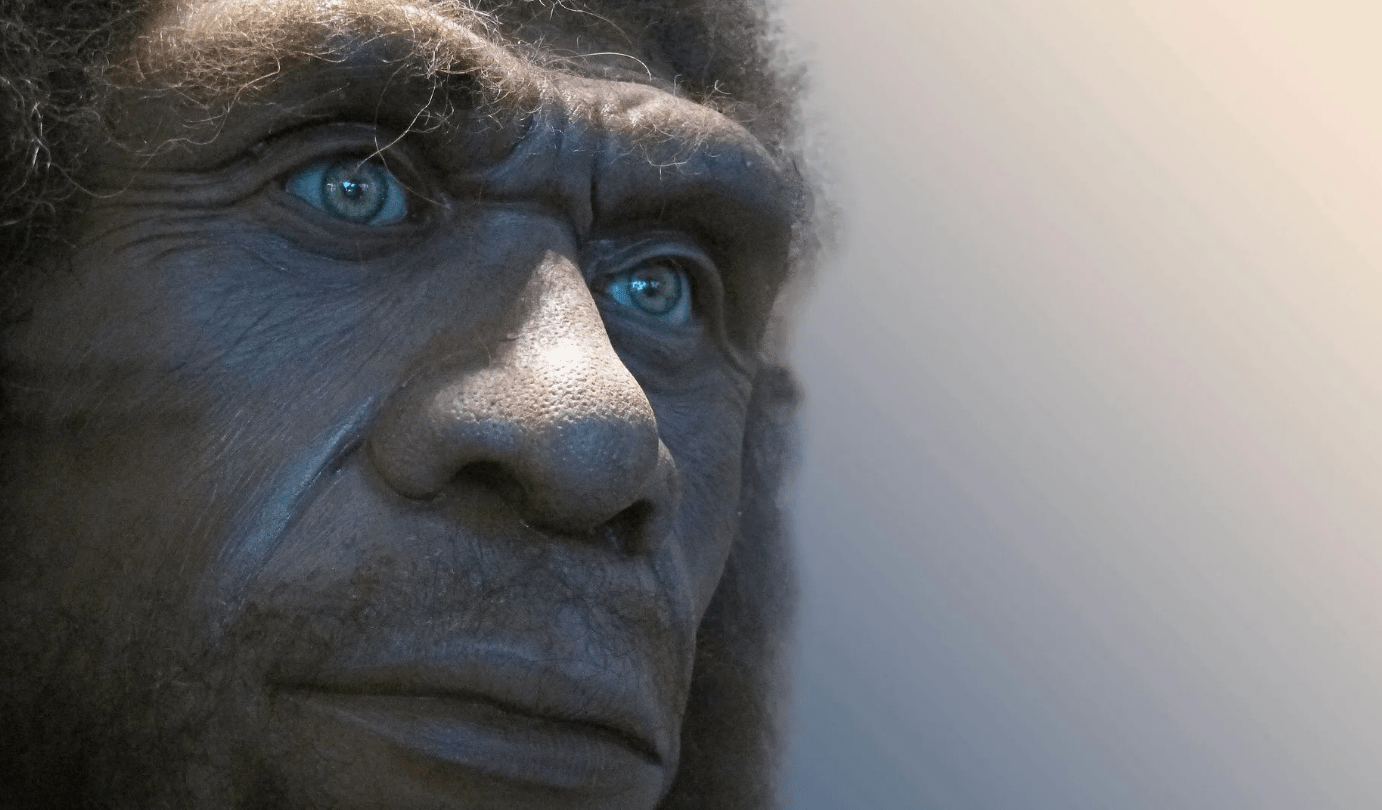
For almost 300,000 years, a small space was inhabited by ancient people, and in that time there was not a single cataclysm, war, extinction of animals, changes in the plant world. Not a single civilization was created, and as a consequence, there were no borders, money, or other "advantages" of the modern world. Many picture the Neanderthals as mere hunters, with a diet dominated by meat from the hunt. In fact, their diet was much more varied and included mussels and other shellfish, fish, herbs such as barley and wheat (which were boiled), legumes, nuts, fruit and even bitter medicinal plants (chamomile and yarrow).
Stanley Finger says in his book 'The Origins of Neuroscience' that a Neanderthal skull, dating back some 70 000 years, found in Shanidar, Iraq, shows wounds that later healed. It is therefore possible that Neanderthals had some knowledge of medicine long before Homo sapiens reached Europe.
And shells painted by Neanderthals 50 000 years ago have also been found on the Iberian Peninsula. This is the first evidence of the use of jewellery as well as making pigments for painting. Archaeologists believe the ancient inhabitants of Europe painted their bodies. It has been suggested that the oldest cave paintings - at El Castillo in Cantabria and at Nerja in Spain near Malaga, both dating back some 40,000 years - may have been the work of Neanderthals. Not surprisingly, they were the originators of painting, given their more developed occipital lobe, which made them more adept at visual skills.
Neanderthals also surpassed Homo sapiens in the production of rope and thread, the oldest samples of which have been found in a French site dating back 90 000 years. So why did they disappear?
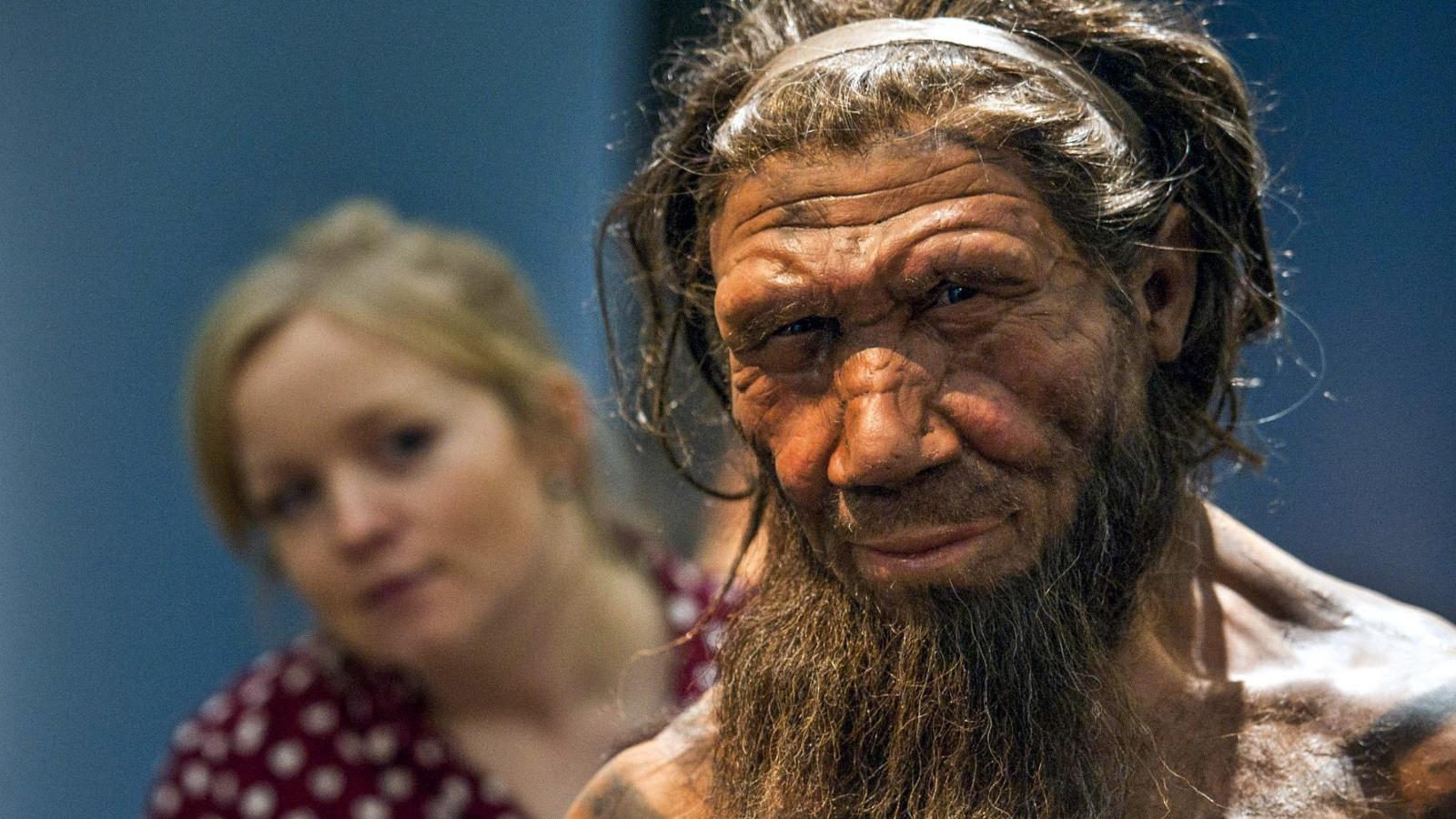
Neanderthal and Cro-Magnon. Victory is ours...
It is still not entirely clear how they came to be and who their ancestors were, all we know is that some 40,000 to 30,000 years ago, Cro-Magnon men came to Europe from Africa. There are three versions of the origin of the modern human species. Religious, Cosmic and... The third version is based on the fact that "homo sapience" is the result of radioactive radiation, i.e. a mutation, the result of a random coincidence.
Well, such a theory would explain where all the hair from our smooth pink bodies had gone. But, if it really was radiation, then as we know constant exposure is certain death. Why did irradiated people procreate and not die? And no less important, where did the source of the radiation go, because if the radiation was so strong, all the organisms would have been exposed, but not the separate species of humanoid apes. All in all, there are more questions than answers in this theory.
The second version is the Cosmic version. Although fantastical, this version has far more answers than the third. It would explain, our unique ability to destroy the Earth we live on, because our attitude to it is exactly the same as that of visitors who temporarily drop in on acquaintances. It would explain the extermination of hundreds of animal species. It would explain grandiose buildings and mysterious civilisations that appeared at roughly the same time in different parts of the planet. It would explain a lot, but... there is no explanation for the fact that even the DNA of a banana is about 60 per cent identical to that of modern man. No, you didn't misunderstand. That's exactly right. If you want to be even more surprised, then here you go - seaweed DNA is 40 per cent identical to human DNA.
Given this information, the space version falls apart... unless, of course, we assume we brought the plants and animals with us. In that case, all the puzzles would fit together. After all, it would explain why some plants are cared for, watered and protected, while others are ruthlessly destroyed. Why some animals we love, spend money and time on them, while others we exterminate (or have exterminated) as pests or simply eat them. Why some insects are pleasing to us and we admire butterflies and ladybirds, while others cause us genuine horror. It's a lot to think about, don't you agree?
Well, the very first version is the Religious version. Which in its purest form explains nothing at all. But if we imagine that all religions which have ever existed and which are quite similar to each other, are not fiction, but repeatedly rewritten, supplemented accordingly distorted descriptions of real events, then we are back to the cosmic version. After all, what is a deity? If a modern man with a phone and in his car found himself 500 years in the past, he would be looked upon as a god.
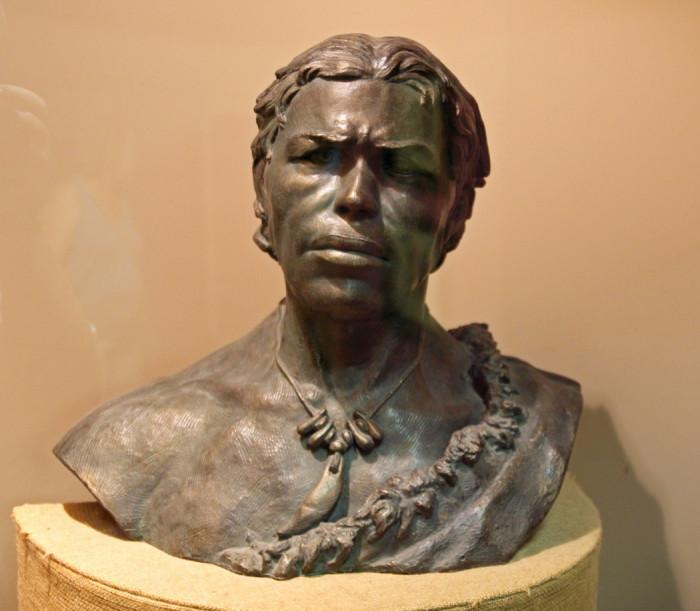
Europe's ancient inhabitants, the Neanderthals, are disappearing from history.
Anyway, with the arrival of the Cro-Magnons in Europe, the numbers of Neanderthals began to decline dramatically, literally disappearing within a millennium. We could have ended our story there, shouting happily - wow, we won, our species survived. But something strange and unbelievable happened. With the speed of the wind, mankind spread over all continents. Strange coincidence then, wherever "sentient man" came, species of large animals began to disappear and the climate began to change. Wild fields were ploughed and forests were cut down to plant wheat. To impress you even more, here is an example of the Sahara Desert.
Did you know that 10,000 years ago it was a land full of life, with forests and rivers... Or Easter Island, surely many have heard of it and that people once lived there, lived there until the island became a lifeless space. What went wrong... Why? Did everything change by chance? No, there are no accidents or coincidences in nature. But man often justifies his actions by mere coincidence.
But that's not all. As they spread across the continents, people's appearance began to change. For example, the inhabitants of northern latitudes began to narrow their eyes. After all, the sun reflected from the snow makes people squint their eyes, and being out in the open every day, year after year, develops a habit, which in turn is prescribed in DNA. Well, apparently some people didn't really like living in the ice and one day one group set off, to the south and the other farther to the east. Those who went east crossed the Bering Strait and made their way to Alaska, where they spread across North and South America. Those who went South settled the entire Far East and South East Asia.
This was the second wave of migration, and when the aliens arrived in a new place they suddenly found people completely different from them, which is only natural, different climate = different appearance. As a result, the first settlers were wiped out by the second wave. Based on who now inhabits the far east and pretty much all of Asia. The uniqueness of the situation was that some wiped out their direct descendants. But appearances played a part.
Now it is time to go back and explain why it is that Africans have no traces of Neanderthal DNA. The thing is, the modern inhabitants of Africa, and by modern I mean all those who have lived on the continent for the last 20,000 years, are those who have stayed put. Who are the first to leave home? The most curious, the most adventurous, the people who crave adventure and discovery. Or those who dreamed of conquest and winning battles, conquering new lands. And then there were those who were too lazy, too slow, not interested in anything, in general, those who were happy in the place where they lived. Those who left inherited Neanderthal DNA from interbreeding. Those who stayed did not. After all, there were no Neanderthals in Africa.
Now some people are screaming about racism. But to ignore the facts in favour of some fashionable trends is a way of self-destruction, which is what is happening now. However this may sound, the Africans are not a different species, they are pure homo sapiens and not because they are black, they became black not long ago (if they weren't, humanity would have been black), around 10,000 to 15,000 years ago. But because their DNA is different, it lacks the one element that still links modern society to the past of the planet and its nature.

Неандерталец и кроманьонец “homo sapiens” пройденный путь…
Well, in just 30,000 years, our ancestors filled even the most remote corners of the planet, transformed territories for their needs, cleared forests and destroyed thousands of animal species. Just think about it - about 20 species of animals disappeared from the face of the Earth in the last hundred years. It is solely the fault of man. And that would not be so sad, although of course it is also heartbreaking.
Most tragically, throughout its existence, Homo sapiens have wiped out hundreds of civilisations of their own kind. The last such extermination took place quite recently, when the indigenous populations of South and North America were virtually wiped off the face of the earth. And if Spaniards with Portuguese willingly took as wives, American women, thereby having kept at least semblance of a species. That prim and proper Englishmen, Dutchmen, Germans simply destroyed the indigenous population. No one was spared, neither women nor children.
Now there are almost 8 billion of us, 8 billion children, those who set out 30,000 years ago in search of a better life. 8 billion people whose DNA matches 99.9 per cent. That's right. All our individualities, our peculiarities, it's only one hundredth of a percent. From which the percentage of relatedness is also calculated. And if you think that someone is very different from you, then think back to that figure and imagine how much you have in common with that seemingly very different person.
In 30,000 years, we have grown to speak 7,000 different languages. We have built 200 borders, which is how many independent countries there are now. We have surrounded ourselves with rules and prohibitions, conventions and etiquette. Each year we drift further and further apart, while being the direct descendants of only a small group of people. What has happened to us? At what point in history did something break in us? Or are we really just mutants that appeared by chance on the surface of the earth and are spreading like a virus, swallowing and disfiguring anything that got in the way.


Is there a future for 'sentient man'?
In conclusion, I would like to say that I am not afraid for the planet, our planet has survived meteor bombardment, collisions with other planets, acid rain and rivers of sulphur. No matter how hard man tries, the planet will survive, but homo sapiens will not. All human activities are directed only towards one goal, i.e. to destroy their own species. Coming back to Neanderthals... It is good that we have this minuscule percentage of inheritance from them.
After all, all our genetic diversity (eye colour, hair colour, appearance) is lived by hundreds of thousands of years, by Neanderthals. Music, Drawing, Literature and other creativity is what we received as a gift. Imagine if the presence of Neanderthal DNA was not 2 per cent, but at least 50? Probably a lot of that wouldn't have happened and the world would be a very different place. Imagine the other side, what would happen if our genetic code will that minuscule 2 per cent disappear too?
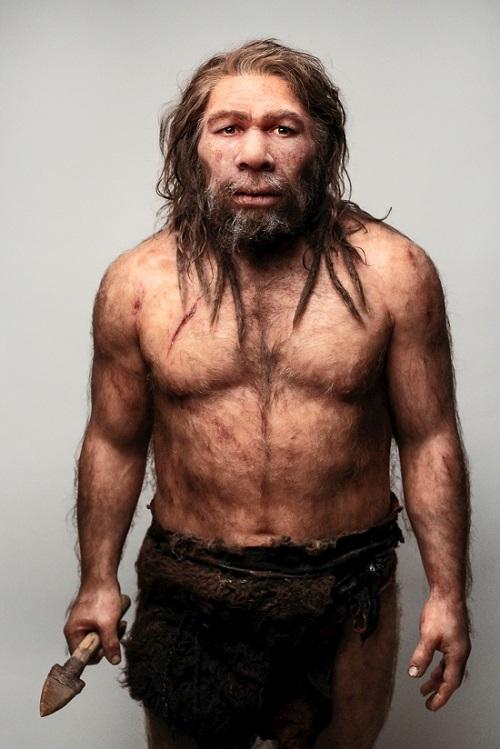

 and then
and then 
